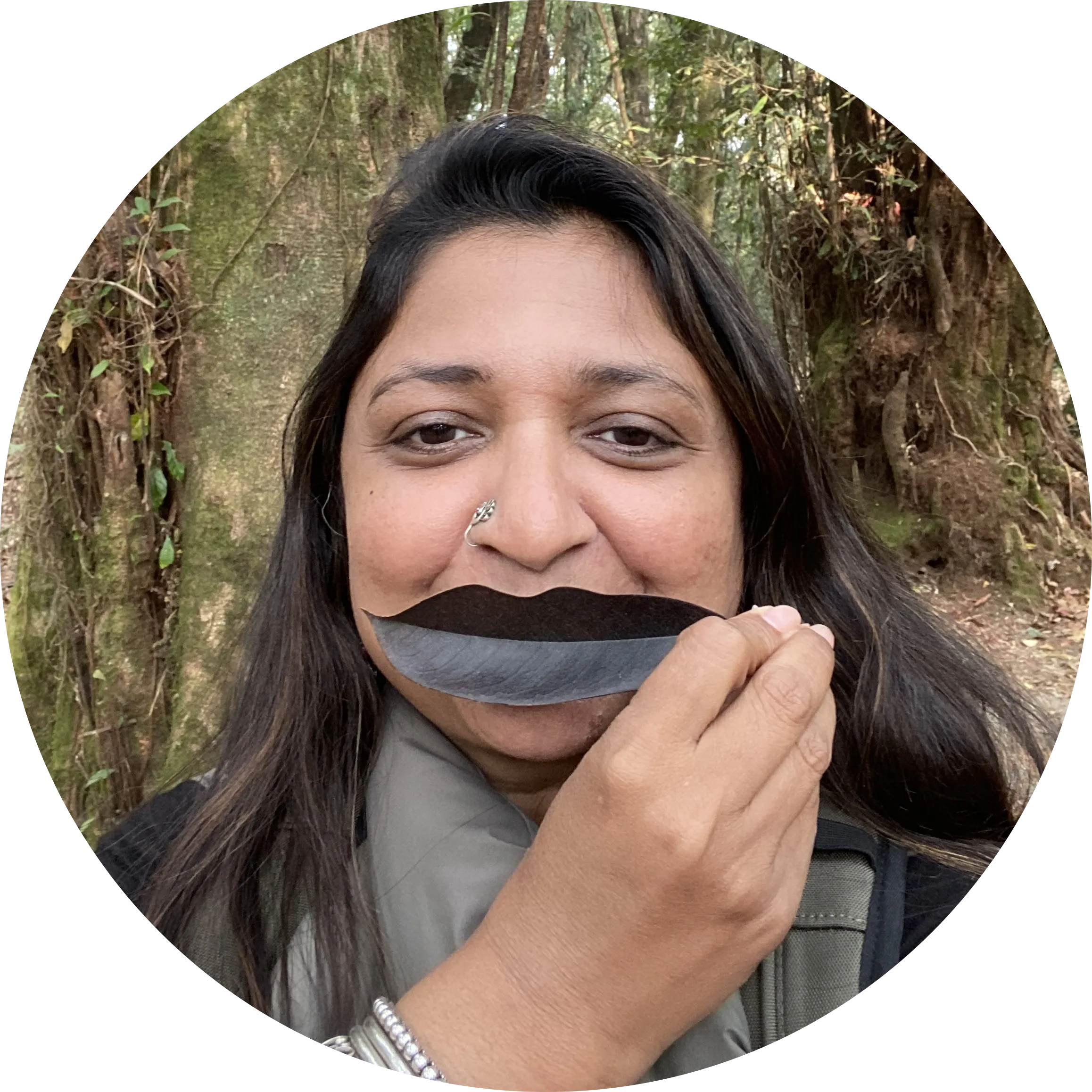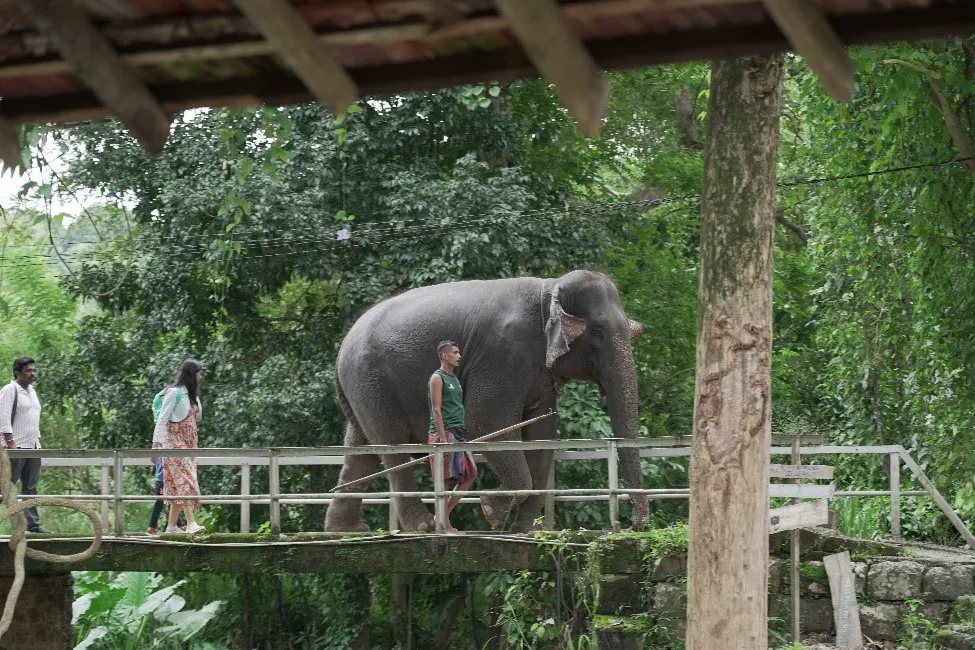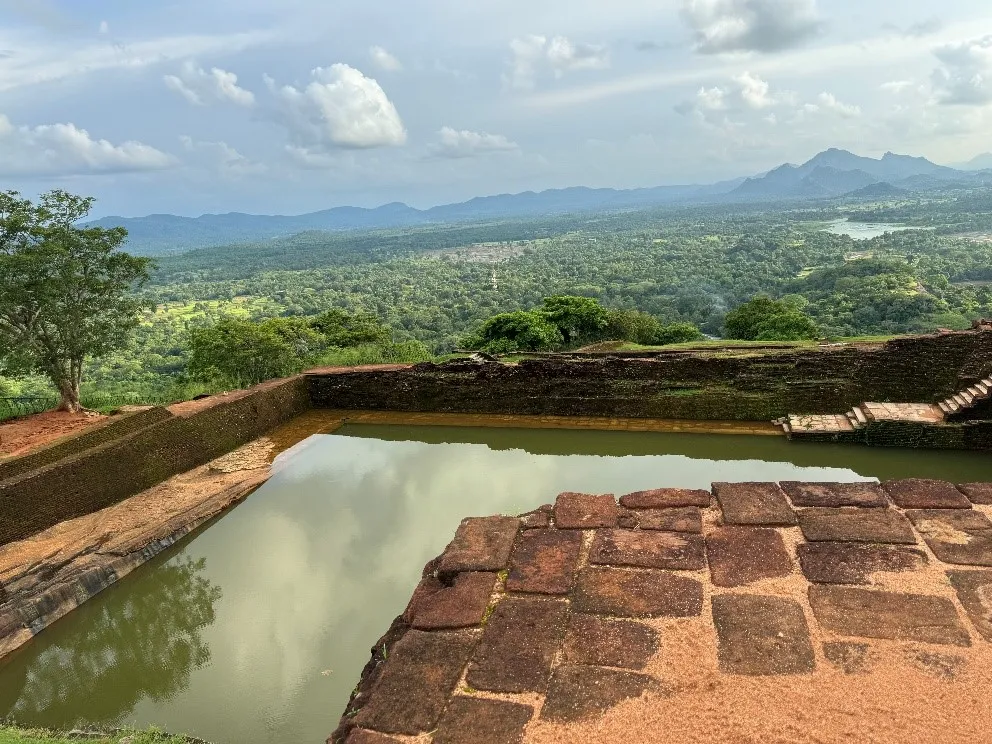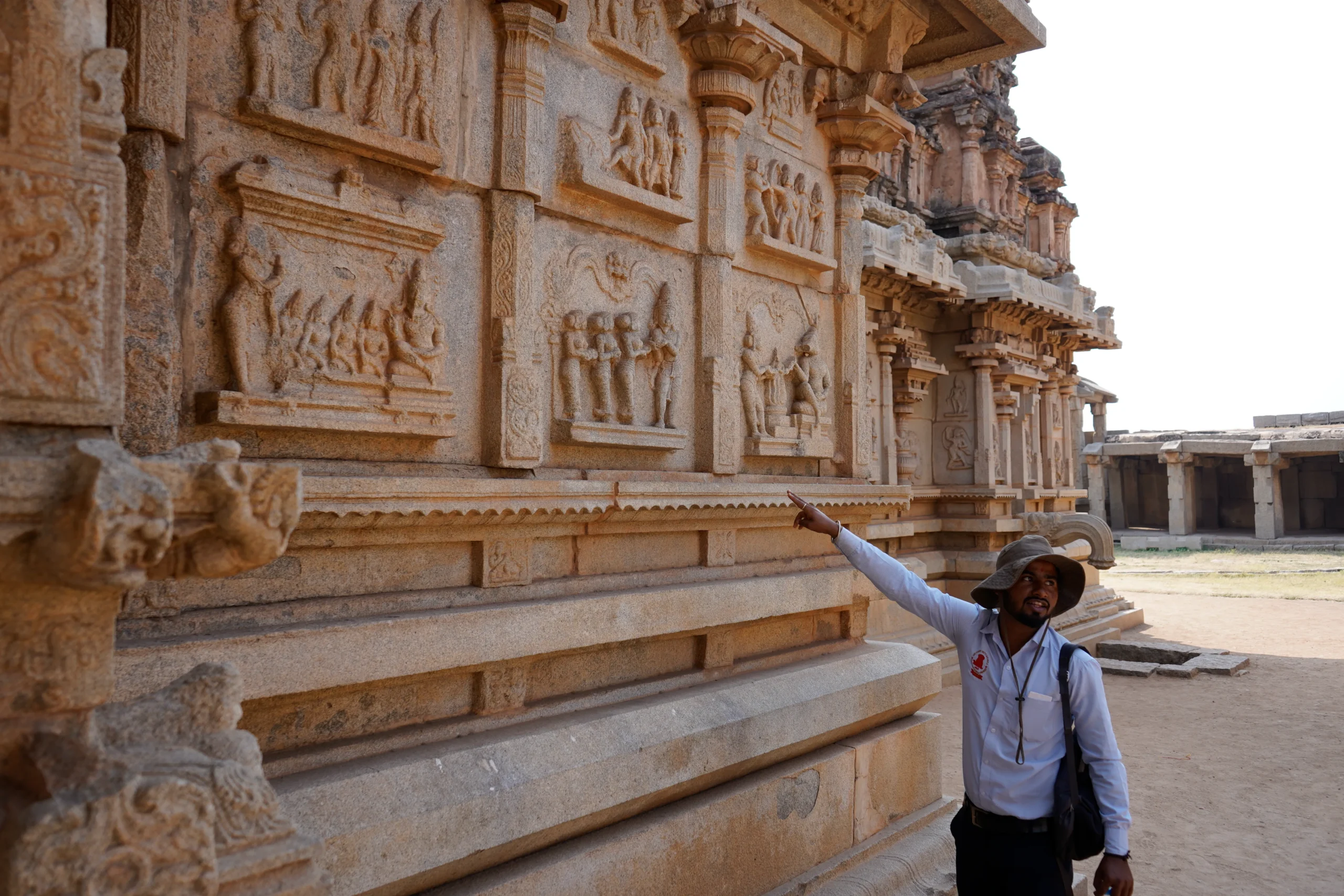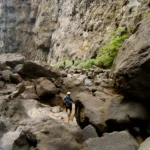Bumthang – Gateway To East Bhutan
Lorem Ipsum is simply dummy text of the printing and typesetting industry. Lorem Ipsum has been the industry’s standard
Ritu@2017
While Bhutan is a gorgeous country to explore, it’s the journeying from one place to another that can dishearten the most avid of travellers. We were on our second trip to the Land of the Thunder Dragon…
…and had become used to the idea of sitting in a vehicle for hours, on many dusty, under-construction and some gut wrenchingly narrow mountain roads, with impromptu halts at the ‘under construction’ road sites, where a little board would announce the closure of a road for a stipulated period of time.
That’s when you would get off your rear ends, walk around the rural and idyllic landscape, under the bluest sky and the whitest clouds, gape in wonderment at the remoteness of a house perched at the edge of a cliff overlooking nothing but the majestic Himalayas (and mediate on the purpose of your existence or the importance of material things, even internet perhaps!), breathe exceptionally clean air and may be grab a glass of the local brandy at one of the ‘Restaurants and Bars’ that dot the length and breadth of the country.
And then the road would open and the cars would begin the long journey again.
So, when we set forth for Bumthang, a district located in the central part of the country we were prepared for the backbreaking trip.
What we were not prepared for was the striking beauty of this district, which began unfolding before us after we crossed the Phobjika Valley and the Pele-la Pass moving towards Trongsa and then at the Yotong-la Pass.
The drive took us through some dense forests, beautiful valleys and snow-laden mountain passes. By the time we had crossed the village of Chhumey inching towards our destination Jakar, we knew that our stay in this district was going to be very, very special.
For starters, Bumthang was certainly colder than the capital Thimpu. The wind was bitingly cold, making us shiver inside the thermals we were wearing. Soon enough, it started raining too. Since we had a car at our disposal (thanks to our dependable driver and friend John), we made a quick trip to the town center to grab a meal, returning to the cosy comfort of our room that was heated by a Bukhara (wood fired heater – not eco friendly we agree, but in the absence of electric heaters, these were saving graces).
Fortunately for us the morning was sunny and upon the directions of our very friendly host, we set forth to discover Bumthang. Like every district, Bumthang has a Dzong and the beautiful Jambay Lhakhang – said to one of the 108 temples built by the “Tibetan King Songtsen Goenpo in 659 AD on a single day to pin down an ogress to earth forever. A supine demoness was causing obstruction to the spread of Buddhism and the temples were constructed on her body parts that spread across Tibet, Bhutan and the border lands.” (Source: DrukAsia.com)
We also went to the Kurjey Lhakhang and Tamshing Lhakhang. At Kurjey we were enamoured by Pema Dorji’s handiwork – hand painted riverside pebbles depicting the attractions of Bhutan, its legends and beliefs. Every stone takes a painstaking five hours to paint, and his brush is so minute you can barely see it. Of all the mementoes we have picked up in Bhutan, this one is our favourite and most treasured!
By and large you will discover that Bhutan is best uncovered on foot. The sights are breathtaking, and the absence of noise, that we take for granted in our urban lives – the traffic, or of stray animals, or of people – is almost eerie.
We walked from Kurjey across the river to Tamshing absorbing the noiselessness and the beauty (Okay we admit! We’ve run out of adjectives…) of this valley. It is a very short walk and people of all ages can undertake it. Our car picked us up at the end of the walk.
A gentle and short hike to the Mebar Tsho (Burning Lake) is also recommended for its pristine beauty and quietude. This fresh water lake is steeped in mythology. “According to the legend Terton Pema Lingpa had a vision of the sacred treasures that Guru Rimpoche had hidden within the lake centuries earlier. However the people of Tang and the local ruler were cynical of his claims. In order to prove his claims, Pema Lingpa held a butter lamp in his hand as he jumped into the lake. After remaining under water for a long time he re-emerged holding a chest and a scroll of paper with the butter lamp held in his hand still burning bright.” (Source: Bhutan Tourism Website)
The highlight of our two-day stay in Bumthang was however the Penthangsay Trail. The reason why you won’t find this trail on any website is because it’s a trail that the village folks use for their travels from one village to another. The owner of the hotel we stayed at was kind enough to tell us about the trail and give us the directions.
The Penthangsay Trail took us through the heart of the forest surrounding the valley and opened at the Jhoori village, where we befriended a young girl and coaxed her to let us enjoy some of her homemade brew Bangchang. While Bangchang is usually made from millet, she offered us one made from wheat and while it was pungent and potent, after the first few sips it was also pleasingly palatable. She also made us lunch – the local cuisine, Kewa Tadshi (cheese chilli with potatoes) with rice and dollops of Yak butter, with her young son tied on her back!!!
As we sat in her humble home we spoke to her about her life through John (who had turned interpreter for us). A single mother (very young and very hard working), she was able to get by with help from her relatives, and a little store she ran from her home. Despite the poverty, that was so starkly visible, she seemed happy.
A few contended hours later, we bid goodbye to Chukki (that’s her name) and drove back to our hotel where we were geared to experience the Hot Stone bath (highly recommended by the hotel owner). Simply put, stones are heated and dropped into a wooden tub of water sprinkled with a few herbs. Patrons soak in the hot water as the stone releases its minerals. The bath was invigorating and divine. However, we thought that at 3000 Nu (equivalent to Rs 3000 INR or 50 USD) per head it was quite steeply priced.
Why Bumthang?
Bumthang is the religious heartland of the country and is known for some of the country’s oldest temples and monasteries. Like Thimpu, the area has plenty of options for mild day hikes and trails. To lovers of nature, this is a veritable paradise.
The valley is incredibly idyllic. One could carry their blanket or mat and spend an entire day soaking in the sun by the banks of the Chamkhar Chu, undisturbed. A packed lunch consisting of egg sandwiches, a flask of green tea and a book are all you would need for the perfect getaway!
It is also the gateway to Trashigang in Eastern Bhutan.
Travel Time
At a distance of almost 330 kms, the travel time between Thimpu and Bumthang is a backbreaking 10-12 hours. Breaking the journey in Wangdue for an overnight stay when travelling from Thimpu or Paro (and perhaps visiting the astoundingly beautiful Phobjika Valley) is a good idea.
Hotels
Bumthang is very tourist friendly (despite the time it would take to reach there!) and has hotels of all kinds. From the stately Amankora to the new Yugharling, the ‘resorts’ are innumerable, as are small, proprietorship properties. Standard rooms may range from 1500 Nu (equivalent to Rs 1500 INR) to 2000 in the cheaper hotels. The high cost is due to the distance from the Capital, said Pema Dawa, the chatty owner of the hotel we stayed in, The River Lodge.
Author Details
